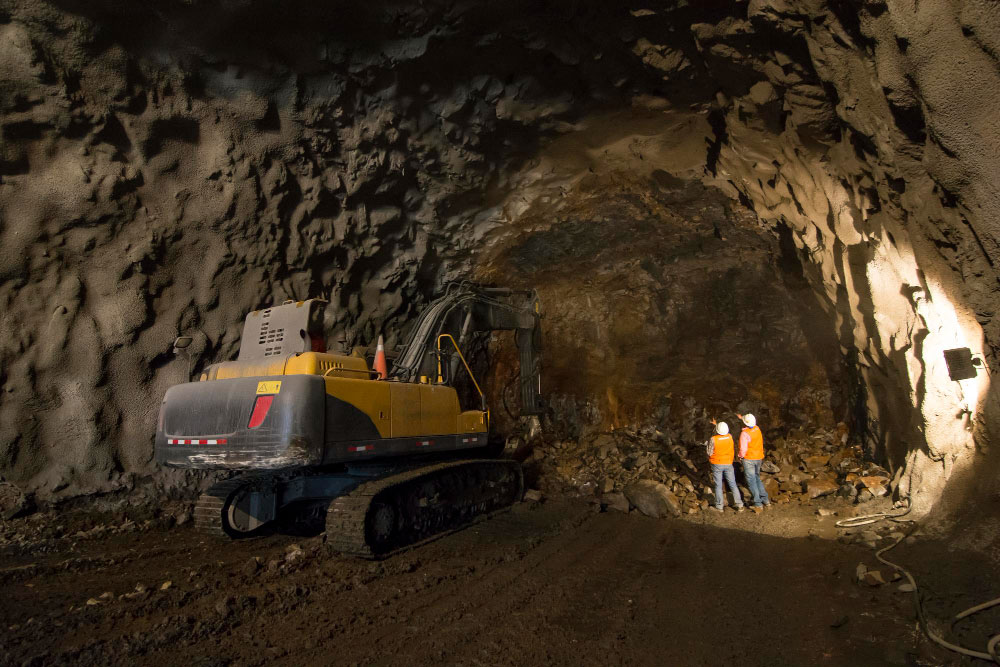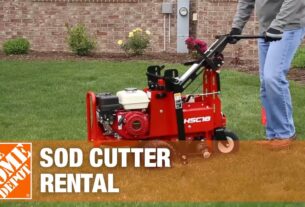If you’re in the business of excavation and digging, you know that having the right tools for the job is crucial. But what about when your job takes you underground? That’s where underground tools come in – specialized equipment designed to help safely and efficiently excavate below the surface. In this article, we’ll explore the world of underground tools and everything you need to know to get started.
What are Underground Tools?
Underground tools generally fall into two categories: hand-held tools and heavy machinery. Hand-held tools include things like shovels, picks, and chisels, while heavy machinery might include drilling rigs, excavators, or tunnel boring machines (TBM). These tools are specifically designed to work in tight spaces and difficult conditions, making them essential for subterranean excavation projects.
Why Use Underground Tools?
There are a number of reasons why underground tools may be necessary for a particular excavation project. For one thing, working underground can present unique challenges that aren’t present on the surface – limited space, poor lighting, and difficult terrain are just a few examples. Additionally, depending on the type of excavation being done, it may be necessary to avoid disrupting existing infrastructure or utilities. Using specialized underground tools can help minimize disruption and keep workers safe.
Types of Underground Tools
As mentioned earlier, there are a variety of different underground tools available depending on your specific needs. Here are just a few examples:
– Tunnel Boring Machines (TBMs): TBMs are massive machines used to drill tunnels through rock or soil. They can be as large as a football field and weigh over 10,000 tons.
– Mini Excavators: These smaller versions of traditional excavators are used in tight spaces where maneuverability is key.
– Augers: Augers are long drills used to bore holes into the ground. They’re often used for things like installing fence posts or digging foundation holes.
– Rock Drills: As the name suggests, rock drills are specifically designed to bore through solid rock. They can be used in a variety of applications, from mining to geothermal drilling.
Choosing the Right Underground Tool
Choosing the right underground tool for your project is crucial. Here are a few things to consider:
– Type of excavation: Will you be drilling tunnels, boring holes, or excavating a large area?
– Soil/rock type: Different tools are better suited for different types of soil or rock. For example, if you’re working in soft soil, you might want to use an auger rather than a rock drill.
– Access: How easily can you get to the site? If there’s limited access, you’ll need to choose a tool that can be easily transported and assembled on site.
Safety Considerations
Working underground comes with its own set of safety considerations. Here are a few things to keep in mind:
– Ventilation: In enclosed spaces, it’s important to ensure proper ventilation to prevent the buildup of harmful gases.
– Lighting: Poor visibility can make it difficult to work safely underground. Make sure you have adequate lighting.
– Equipment maintenance: Regular maintenance and inspections are crucial for keeping underground equipment functioning properly and safely.
Conclusion
Underground tools are an essential part of any subterranean excavation project. By choosing the right tools for the job and taking safety considerations into account, you can help ensure your project goes smoothly from start to finish.
References:
– “Tunnel Boring Machines,” Wikipedia
– “Mini Excavators,” Caterpillar
– “Augers,” Little Beaver
– “Rock Drills,” Epiroc




